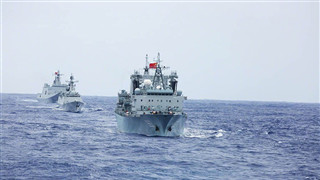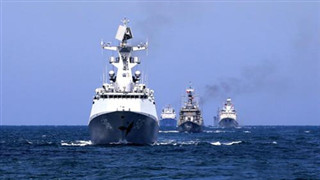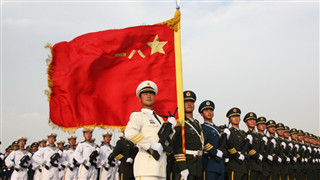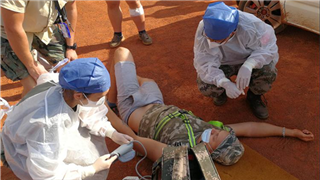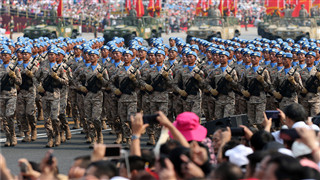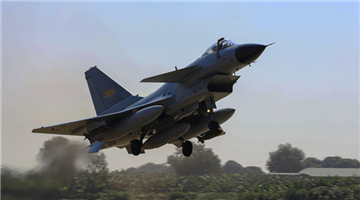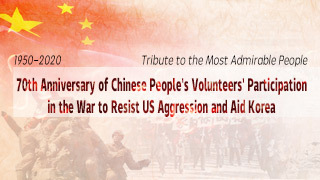By Jiang Pei
In August 1952, Mao Zedong said at a meeting of the Standing Committee of the Chinese People’s Political Consultative Conference (CPPCC): “The number of People’s Liberation Army (PLA) troops has declined; however, their equipment has been upgraded. Over the past two decades and more, we’ve never had an air force to participate in battles, but now we have had the air force, anti-aircraft guns, cannons and tanks.”
Weaponry serves as the basic material and technological foundation for war preparedness. With the continuous development of military technology, the importance of weaponry keeps rising. In the War to Resist US Aggression and Aid Korea, a great disparity existed in the levels of weapons and equipment between the CPV and the US-led “UN Forces” : a division of the US Army was generally equipped with more than 900 cannons, 140 tanks, and 3,800 vehicles, whereas in the CPV, three divisions only had more than 500 cannons and about 100 vehicles in total, not to mention the air and sea supremacy which was under the control of the US-led “UN Forces”.
In the PLA’s history, the War to Resist US Aggression and Aid Korea is one of the periods when the troops achieved the fastest progress in armaments and military skills. The CPV not only created a series of new tactics and fighting methods to win modernized warfare with inferior equipment, but also set up a powerful air force and artillery force, and began to build armored forces. At the same time, other technical arms got significant development. The CPV air force fought tenaciously and valorously and made flying colors by shooting down 330 and damaged 95 enemy warplanes, including those flown by the US Air Force ace pilots Harold Fischer and George Davis. General Hoyt S. Vandenberg, the then US Air Force Chief of Staff, once exclaimed: “China has become one of the major air powers in the world almost overnight.”
In the early days of the War to Resist US Aggression and Aid Korea, the CPV’s artillery force didn’t make a full play to its role in combats because of the low shooting accuracy of the cannons. From 1951 to1952, the CPV successively built new rocket divisions (armed with Soviet-made M-13 rocket guns) and anti-tank artillery divisions (armed with Soviet-made 76.2mm and 57mm cannon), and made hardware upgrading for some of the artillery units (armed with Soviet-made 122mm and 152mm howitzers). After two and a half years’ development, until the signing of the Korean Armistice in July 1953, the CPV’s reserve artillery units had grown to 46 regiments in 10 divisions, and the CPV possessed more than 14,900 artillery pieces of various kinds including howitzers, rocket guns, anti-tank guns, mortars and anti-aircraft guns. In the War to Resist the US Aggression and Aid Korea, the CPV artillery troops killed and wounded more than 158,000 enemy soldiers, destroyed more than 570 enemy artillery pieces, more than 880 cars and more than 940 tanks, and destroyed more than 2,490 enemy pillboxes, making an important contribution to winning the war.
Chinese President Xi Jinping pointed out that the development of weaponry serves as an essential symbol of military modernization and an important support for national security and national rejuvenation. A better and faster armaments development should be put in a strategic position with top priority in the national defense and military modernization.
